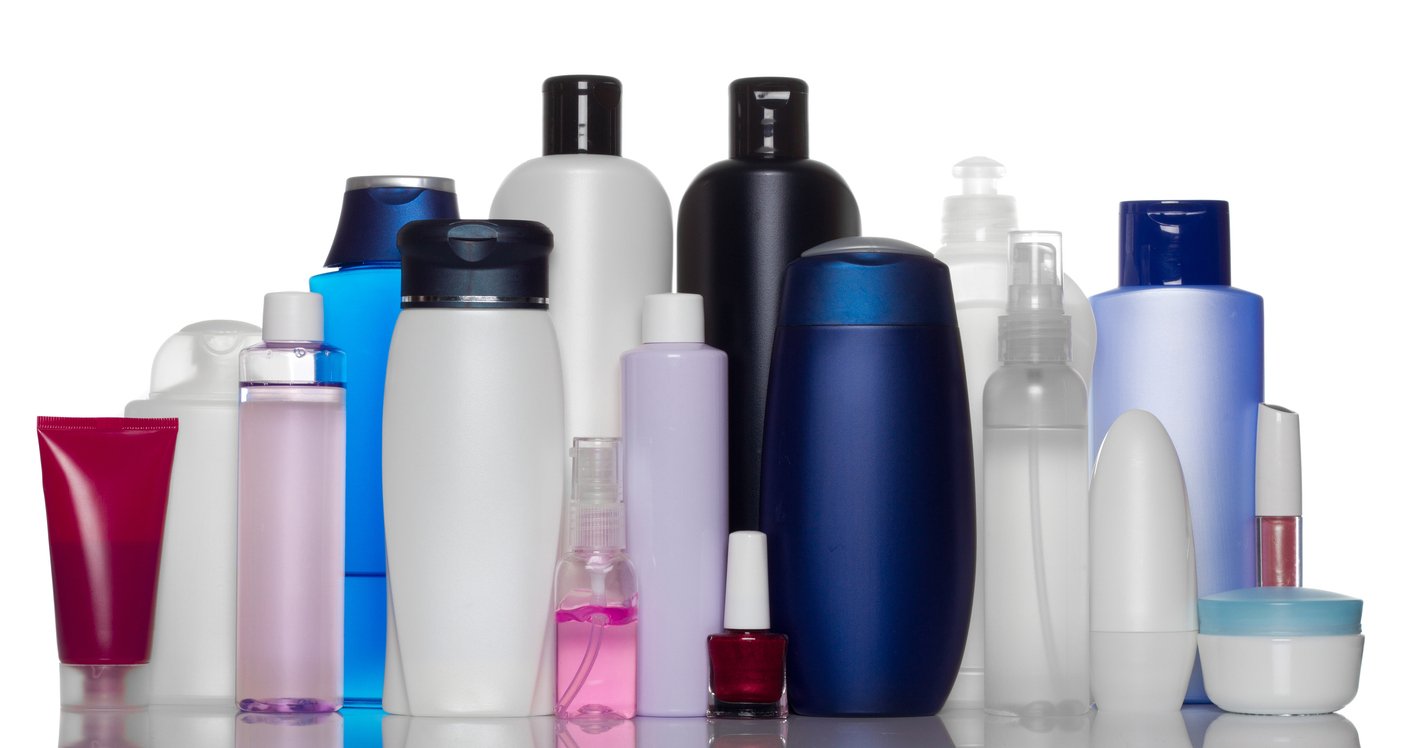Health Canada Cosmetic Regulations Amendment 2024
In a significant move to improve consumer safety and transparency, Health Canada has announced amendments to its cosmetic regulations. The updated rules, which come into effect immediately, are designed to ensure that cosmetic products sold in Canada meet higher safety standards, provide clear labeling, and offer more transparency about ingredients and potential allergens.
Key Changes in the Canada Cosmetic Regulations 2024
The amended regulations introduce several critical changes that impact manufacturers, importers, and consumers:
1. Mandatory Ingredient Disclosure:
– All cosmetic products sold in Canada must now disclose a complete list of ingredients on their packaging. This includes active and inactive ingredients, with a particular emphasis on transparency for fragrance components and other chemicals that might previously have been omitted.
2. Allergen Labeling Requirements:
– To protect consumers with allergies, the new regulations require the explicit labeling of common allergens. Manufacturers must identify and clearly label any ingredients known to cause allergic reactions, such as certain preservatives, dyes, and fragrance compounds.
3. Enhanced Product Safety Testing:
– The amendments mandate more rigorous safety testing for all cosmetics before they reach the market. This includes expanded testing for long-term effects and potential interactions between ingredients. Companies must provide evidence of safety for all products, which will be subject to random audits by Health Canada.
4. Product Recalls and Reporting:
– In a move to streamline the process for handling potentially harmful products, Health Canada has introduced stricter reporting requirements for adverse reactions. Companies must report any adverse effects within a specified timeframe and may be required to recall products that fail to meet safety standards.
5. Clear Expiration Dates:
– All cosmetics must now display a clear expiration date on their packaging. This change is intended to ensure that consumers use products within their safe and effective period, reducing the risk of exposure to degraded or potentially harmful ingredients.
Implications for the Industry
The updated regulations signify a substantial shift in the cosmetic industry in Canada, with manufacturers and importers facing new compliance challenges. Companies will need to revisit their product formulations, labeling practices, and safety testing protocols to align with the new standards.
Transition Period and Enforcement
Health Canada has provided a transition period for businesses to comply with the new regulations, although some of the more urgent safety requirements are already in effect. Companies that fail to meet the new standards within the given timeline may face penalties, including fines and product seizures.
Looking Forward
These amendments align with global trends towards stricter cosmetic regulations, as seen recently in the European Union and the United States with the introduction of new legislation like the Modernization of Cosmetics Regulation Act (MOCRA). Health Canada has indicated that this may be the first in a series of updates aimed at further strengthening the safety and efficacy of cosmetic products sold in the country.
As the industry adapts to these changes, consumers can expect to see new labels, additional safety information, and a broader emphasis on transparency across the cosmetics market in Canada.
Health Canada’s 2024 Cosmetic Regulations enhance safety with stricter labeling, transparency, and testing. Contact Cosmereg for expert cosmetic regulations Canada services.



